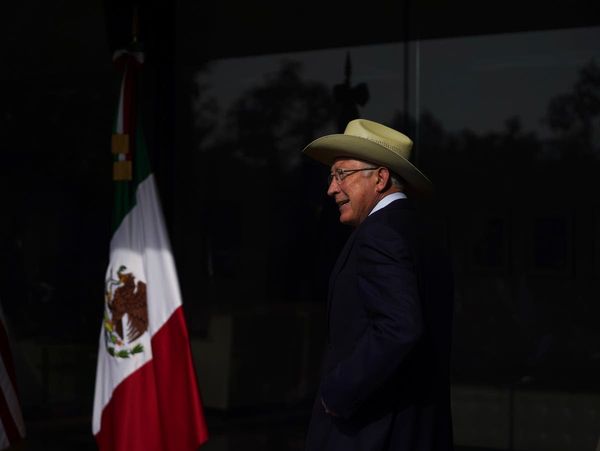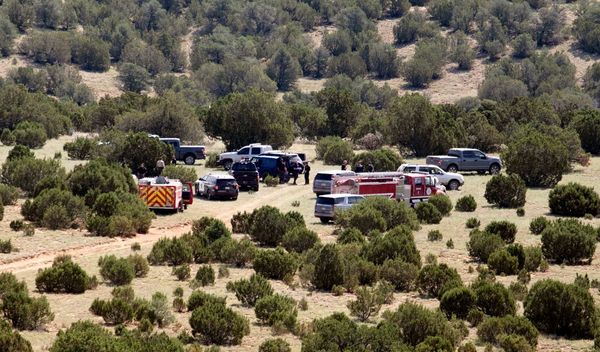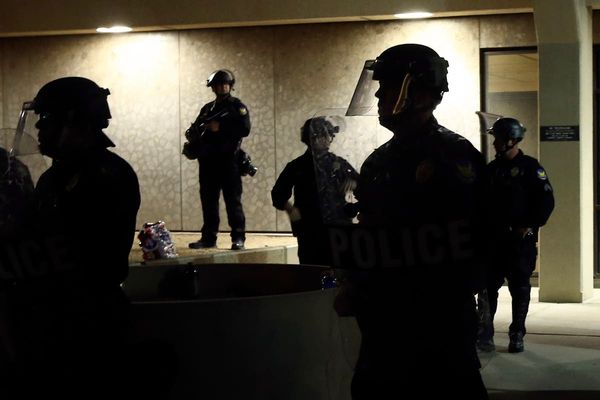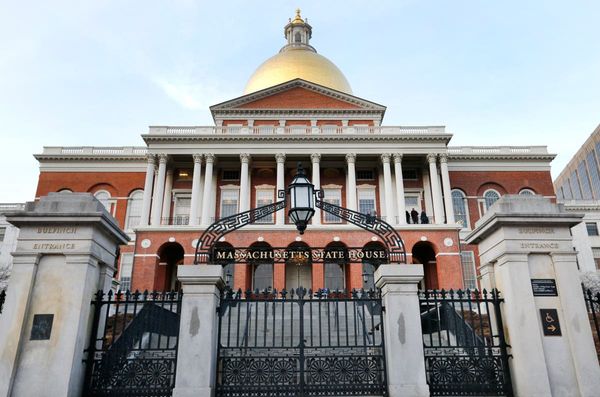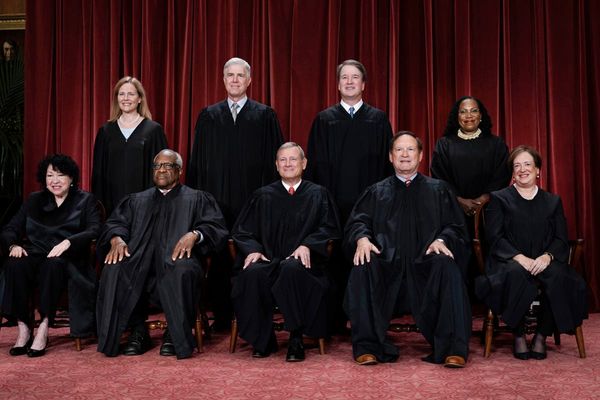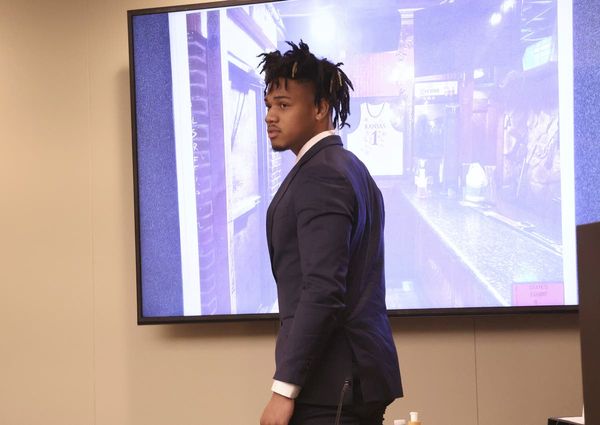
My grandparents bought the family home with cash.
It was modest, but it was within walking distance of a corner shop, a public hospital and two bus routes into town.
For granddad, it was a short drive from Wallsend to the John Darling Colliery. For grandma, who never held a licence, the 224 got her into town where she worked as a window dresser in Hunter Street.
With my grandparents' recent passing, I have been reflecting on the great changes that have shaped life in the Hunter since the end of WWII.
This is no longer a city where you buy your first home with cash. Nor is it, however, a place where most fear a visit from the police after a major accident at a mine, on the harbour, or in the steelworks.
Few places in Australia have faced as many changes as the Hunter. Consider, for instance, the arrival of steelmaking and the North Coast railway line in the 1910s. Census data shows that in the decade after 1915, Greater Newcastle's population grew at a rate comparable to modern-day Western Sydney.
A blazing porchlight for skilled labour had been flicked on.
With this surge came a familiar problem. By war's end, we were all out of homes. A 1945 survey by the new Housing Commission found that in the Newcastle LGA alone, 600 families were in dwellings that should be condemned, a further 600 families were sharing inferior homes, and more than 6200 homes were needed to meet the growing shortfall. Some things die hard.
As city commissioner in 2022, my view back over eight decades can sometimes feel uncanny.
Once again, our industries are playing an important role in an economy and society readjusting to global events. Once again, we need more homes in which people can live with dignity and belong to a community.
The role of the Greater Cities Commission is to help us tackle these problems. With a remit spanning the Illawarra-Shoalhaven to Port Stephens, the commission's job is to take a long-term view on where people will live, where they will work, and to shore up the unique identity of each city while enabling global opportunities.
There is no "one size fits all" approach to city making. Accommodating localism, heritage and personality is the commission's core business.
Australia's first multi-city region plan will be shaped by the people who live in it. For us in Lower Hunter and Greater Newcastle this starts by cementing the important roles of our port, international airport, and world-class university. It also extends to considering where future infrastructure, jobs and houses may be best sited.
Since the announcement of the city region in December last year, and intensifying with my appointment in September, the commission has been listening to the Hunter. Our discussion paper has invited a range of submissions, complemented by in-depth roundtables with First Nations groups, local councils, and industry.
We have heard that enabling new homes requires stronger collaboration. In the Hunter, there are a range of handbrakes to giving first homeowners a set of keys. A more unified and reliable transport offering is also essential. When it comes to jobs, we're in competition with the rest of the world. As we nudge towards a population nearer one million, we will need hundreds of thousands of new jobs in existing industries and those yet to be imagined.
Importantly, and perhaps for the first time ever, we will not face these challenges on our own. We will front the globe as part of a unique city region with the backing and cooperation of the Central Coast, metropolitan Sydney, and the Illawarra-Shoalhaven. The major cities of NSW are stronger together. When we look to the mid-century, our rivals for talent and investment are far reaching. They're not up and down the M1. A clear and concise vision for the Six Cities of NSW means no community in the commission's remit will make its case alone.
In 2023 the Hunter will get their first look at a multi-city plan that will own up to our challenges and offer strategic solutions that centre on people and liveability. Our region plan will articulate the importance of the Hunter's economy to NSW. It will spell out our competitive advantages and align those with the strengths of our neighbours and new partners.
A deeper dive will follow, involving more conversations about a city plan for the five local government areas in Lower Hunter. The plan will pick up existing catalyst areas, such as North-West Lake Macquarie, Williamtown, and Broadmeadow. It will advance many of the agreed priorities in the region while provide pathways for their realisation. We won't do this planning overnight. As commissioner I will oversee a no surprises, evidence-based approach to locking in the building blocks for a prosperous region. I will also be up front with all of you about how we best position ourselves for the opportunities and hurdles.
When I'm looking at the future, I do so with a grounding in the way of life that made this place what it is. Corner shops, public hospitals and good bus services down the road certainly served my family well.
Matt Endacott is the Lower Hunter Greater Newcastle city commissioner at the Greater Cities Commission
WHAT DO YOU THINK? We've made it a whole lot easier for you to have your say. Our new comment platform requires only one log-in to access articles and to join the discussion on the Newcastle Herald website. Find out how to register so you can enjoy civil, friendly and engaging discussions. Sign up for a subscription here.
